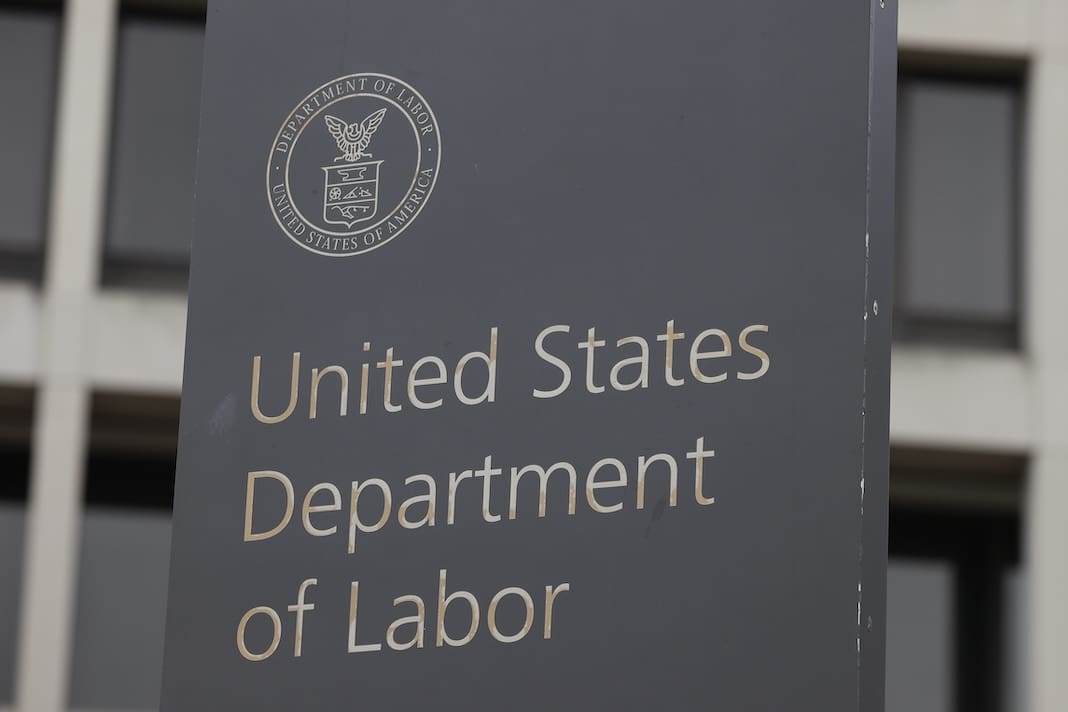EPA proposes rule to accelerate removal of lead pipes that endanger families
Dozens of Wisconsin communities are still receiving water through lead pipes, creating a public health risk.

The Environmental Protection Agency announced on Nov. 30 that the department would propose a federal rule that would speed up the current process of replacing lead service lines in the United States. If approved, the new rule would require the country’s water systems to replace their lines within 10 years.
“With collaboration and the focused actions proposed today, EPA is delivering on our charge to protect all Americans, especially communities of color, that are disproportionately harmed by lead in drinking water systems,” EPA Administrator Michael Regan said in a statement.
The announced rule is a step toward meeting President Joe Biden’s previously announced goal of replacing all lead pipes in the U.S. in the next decade.
People are exposed to lead when they drink water that is delivered to their homes through lead pipes. According to the Centers for Disease Control and Prevention, even low levels of lead in the blood can negatively affect the academic performance of children, specifically their intelligence and ability to pay attention.
Other documented adverse effects include slowed growth and development, hearing and speech problems, and damage to the brain and nervous system.
The Wisconsin Department of Health Services found in 2022 that 5.3% of Wisconsin children who were tested that year had a level of lead in their blood of 5 micrograms per deciliter or higher, the state’s standard measurement for lead poisoning. The percentage of children with poisoning was 5.6% in 2021.
The recent data shows a reversal of the trend of levels of poisoning, which had been decreasing since 2012. Over the last ten years, 2012 had the highest rate of poisoning with 6.2% of children meeting or exceeding the threshold.
According to a November report by the nonpartisan Wisconsin Policy Forum, there are more than 150,000 lead service lines in Wisconsin, and 92 communities in the state could be affected by a tainted water supply as a result.
While many of the lead service lines are in Milwaukee, Shorewood, Whitefish Bay, Schofield, Wauwatosa, Walworth, and Wausau are among the most affected regions.
Since 2018, more than 37,000 lines have been replaced in Wisconsin, more than 9,000 in 2021 and 2022.
The 2021 federal Infrastructure Investment and Jobs Act that Biden signed into law has increased funding for lead pipe removal throughout the U.S. Wisconsin’s Department of Natural Resources uses money from the federal infrastructure law to assist in funding grants that are used to remove lead lines.
Despite the danger to public health from the continued use of lead lines, Wisconsin’s entire Republican congressional delegation voted against the infrastructure law.
In an August 2021 town hall meeting with constituents, Rep. Glenn Grothman said the overall $1 trillion price tag for the infrastructure bill was “way too much money.”
“People don’t realize, your eyes begin to glaze over – a million, a billion, a trillion. A trillion dollars by itself is almost $3,000 for every man, woman, and child,” he added.
The Democrats in the state’s congressional delegation backed the law, including Sen. Tammy Baldwin.“This bipartisan legislation makes a major federal investment to help local communities replace lead service lines and address PFAS chemicals so that we provide safe and clean drinking water to people across our state,” Baldwin said in an August 2021 statement announcing her vote in favor of the law.




